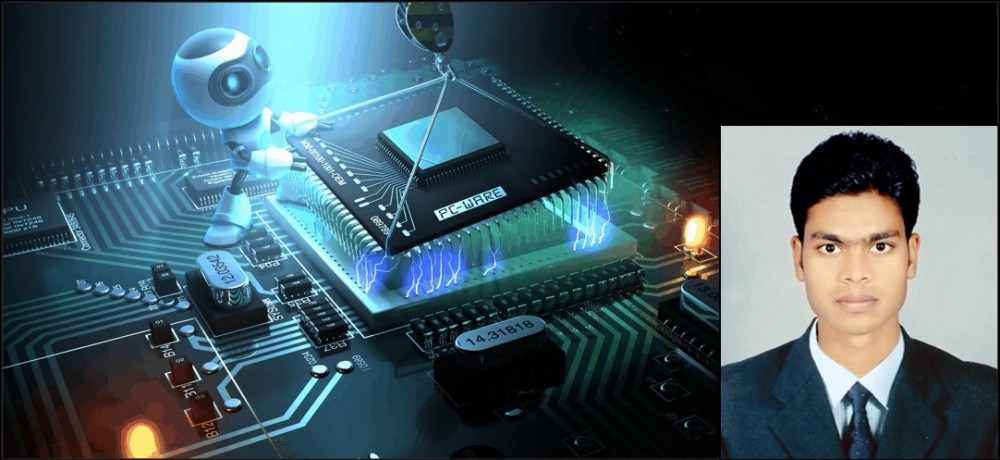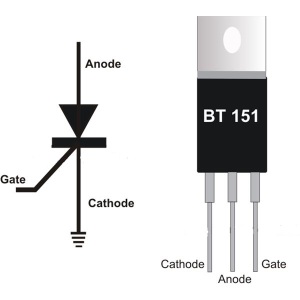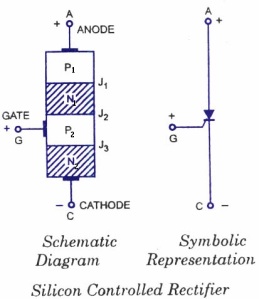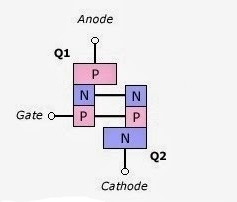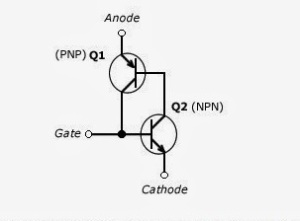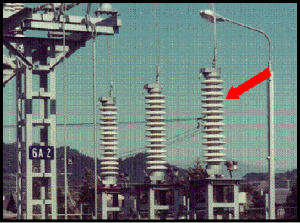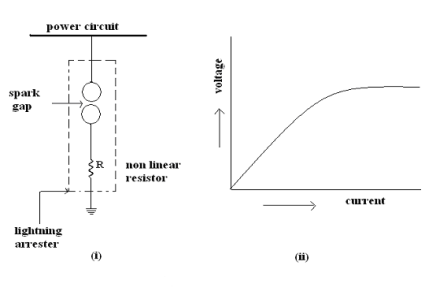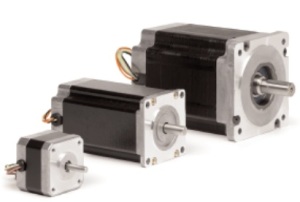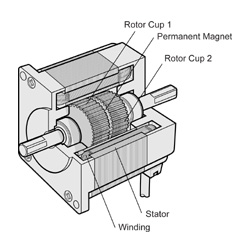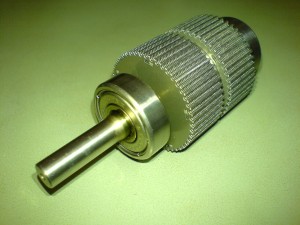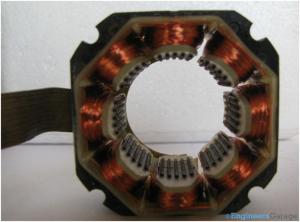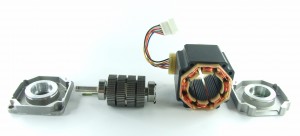SCR (Silicon Controlled Rectifier) :-
- SCR is three terminal device Anode ,Cathode ,Gate .
- Anode and Cathode are connected in series with the power circuit and the Gate signal is applied from the cathode.
- The silicon control rectifier is the oldest and most popular thyristor. It is an extremely reliable device and can be expected to deliver billions of operations .
- The SCR (Silicon Controlled Rectifier) is built in one PNP and one NPN transistor.The basic structure of SCR is below.
- N1 layer is the thickest of all layer and it is very less doped.
- N2 layer is very thinest of all layer an highly doped.
- P1 & P2 layer are nearly same , thicker than N2 and less highly doped than N2 .
- Due to above , the Junction J3 has very low breakdown voltage in either direction.
- So, J3 cannot support high voltage.
Working :-
- If SCR is in Forward Blocking mode then i.e. input to anode is +ve and cathode is -ve then SCR works consists of three diode – D1- (P1 N1) , D2 – (N1 P2) ,D3 – (P2 N2).
- D1 will be Forward Biased, D2 will be Reverse Biased , D3 will be Forward Biased So,depletion layer at Junction J2 will increased and which will block the SCR.
- To trigger the SCR we need to decrease the depletion layer of J2 .This is done by applying the gate signal which will decrease the depletion layer of J2 and trigger the SCR. That’s why gate terminal is kept near junction J2.
This is the normal mode of operation for of thyristors.
- An external gate pulse or signal is used to switch ON the SCR.
- Gate signal used only for starting of SCR but does not have control to make SCR OFF.
- That’s the reason for the use of the Gate terminal .
There are many more ways by which SCR can turn ON which are as follows:-
- By avalanche: When the anode is made much more positive then the cathode, Forward break over occurs and latch the device on.
- By rate of change: If the forward bias voltage across the device increases very quickly, a current will flow to charge the collector-base capacitance of the PNP transistor. This charging current represent base for the NPN transistor and turns it on
- By high temperature: Reversed-biased silicon junction show a leakage current that approximately doubles for every 8° C temperature rise.At some temperature, the leakage current will reach a level that latches the SCR ON.
- By light Energy: Light entering the junction area will release electron-hole pairs and letch the SCR on.
The Transistor structure of a SCR :-
The equivalent two transistor structure is below:-
SCR volt-ampere characteristics curve:-
- Suppose Ig=0 and SCR is F.B. therefore J1 &J3 are in F.B. and J2 is in R.B. so,the entire voltage will is blocked by J2 .
- If applied voltage is greater then junction voltage of J2 (VBO) then device goes into conduction mode .
- From 0 to VBO the current flowing is very small only leakage current and once device is in conduction mode then the current is limited by the load .
- Ig=0 so the voltage applied should be higher than VBO .
- By suppling +ve gate current device goes into conduction mode and the voltage at which device goes into conduction mode also reduces.
- But the Gate signal should be present till the through the device is higher than the latching current.
- When device goes into conduction mode then gate current should be removed because it do not control the device at this time.
This is all about some basic working of the SCR .
